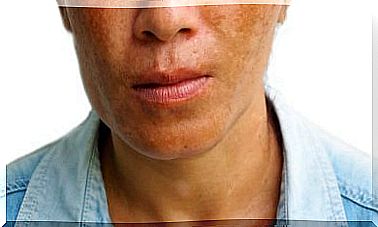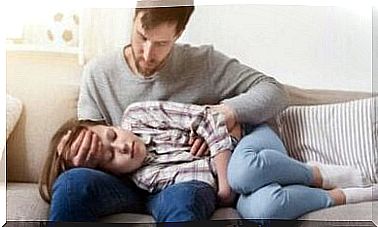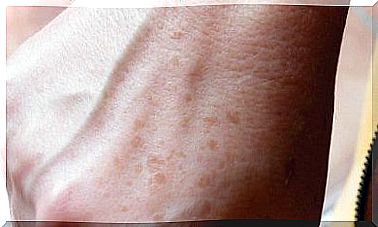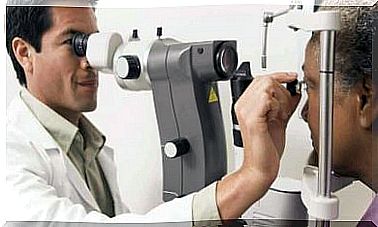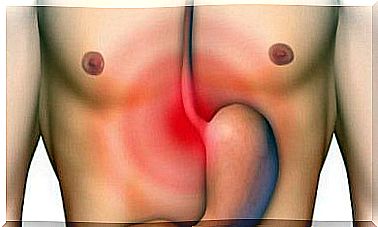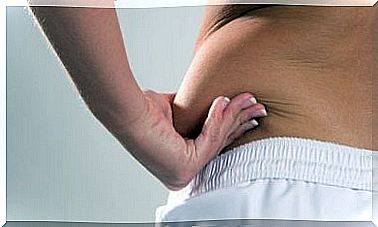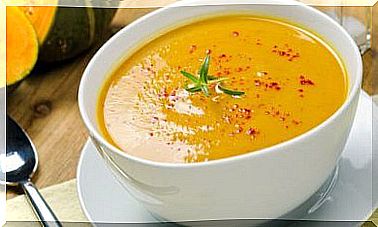Causes Of Pain Under The Breast
Pain under the breast is experienced for different reasons. It can be an effect of hormonal changes or muscle problems. It is rarely a sign of seriousness.

Pain under the breast, and more specifically under the breasts, is a common symptom that can be due to different causes. Some are normal body processes that lead to this discomfort. Other times, the cause is a significant health problem.
Pain under the breast can take many different forms. You can sometimes feel a burn, or a diffuse pain that is not very pronounced. Very localized and intense pain may also appear. In the latter case, it is important to see a doctor as soon as possible because it can be a sign of a serious problem.
It should be added that pain under the breasts is more common in young women and in those who have already passed the milestone of menopause. About 70% of women report having experienced pain like this in their lifetime, but only 15% have required medical treatment. The main causes of this problem are the ones that we will describe to you in this article.
Menstruation, hormonal changes and pregnancy
Many women have different discomforts before their period, and pain under the breasts is one of them. Breast hypersensitivity is due to increased estrogen and progesterone, and it is perfectly normal. The most common is that the pain goes away after ovulation.
The hormonal changes that occur during menopause generate similar problems. Pain under the breast or in the breasts occurs during pre-menopause as well as during it, and even after.
It is very common for pregnant women, especially if they are pregnant for the first time, to experience pain under the breasts. This is due to the growth of the breasts, the position of the baby and the changes in the body to properly seat the fetus. It can also be the effect of heartburn, reflux, or bladder or liver problems.
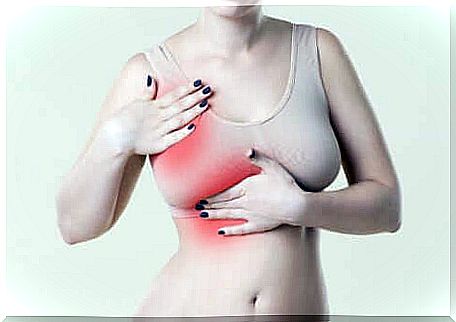
Costochondritis causes pain under the breast
Costochondritis, also known as Tietze syndrome, is an inflammation of the cartilage that connects the breastbone to the ribs. Sometimes it is accompanied by arthritis in the upper back or in the neck, and this tends to generate a kind of numbness in the chest.
It is also common, in these cases, to feel pain under the breasts, which gives the sensation of mastalgia – real pain in the breasts – when it is not. This disease is more common in women over 40.
A strong chest
The larger the breasts, the more likely you will experience pain under your breasts. Very large breasts cause this discomfort and it is not uncommon for it to also trigger pain in the neck, back and shoulders.
In some cases, limitations may arise in performing certain physical activities. Streaks or skin irritation may also appear in the area. Excessive breast size can only be permanently corrected through an operation.
An inadequate bra

One of the big mistakes is choosing a bra that doesn’t fit properly. The latter should not compress the breasts, nor should it leave enough space for it to rise or change position easily.
Sometimes bras that have metal underwire at the bottom can also cause discomfort in some women. An inadequate bra doesn’t just cause pain under the breasts – it can also trigger back pain or shoulder pain. It is best to use quality bras, even if they cost a little more.
Other causes of pain under the breast
Often times, pain under the chest is related to problems with the chest wall or ribs. This is the case in women of all ages. Sometimes it can be intercostal neuralgia, which is irritation or inflammation of the network of nerves between the ribs.
In addition, the pain can be related to a muscle problem, due to sudden or sudden movement. This is what we more commonly call a muscle cramp.
It is also possible that the pain originates in other organs and is reflected in the chest wall. For example, gallbladder disease and inflammation of the liver produce this effect, as well as infections in the lungs or problems with the heart.
We should also not rule out a process in the breasts, such as cysts or tumors. This is why it is important to consult in case of doubt, in order to carry out the appropriate additional examinations and reach a diagnosis.

